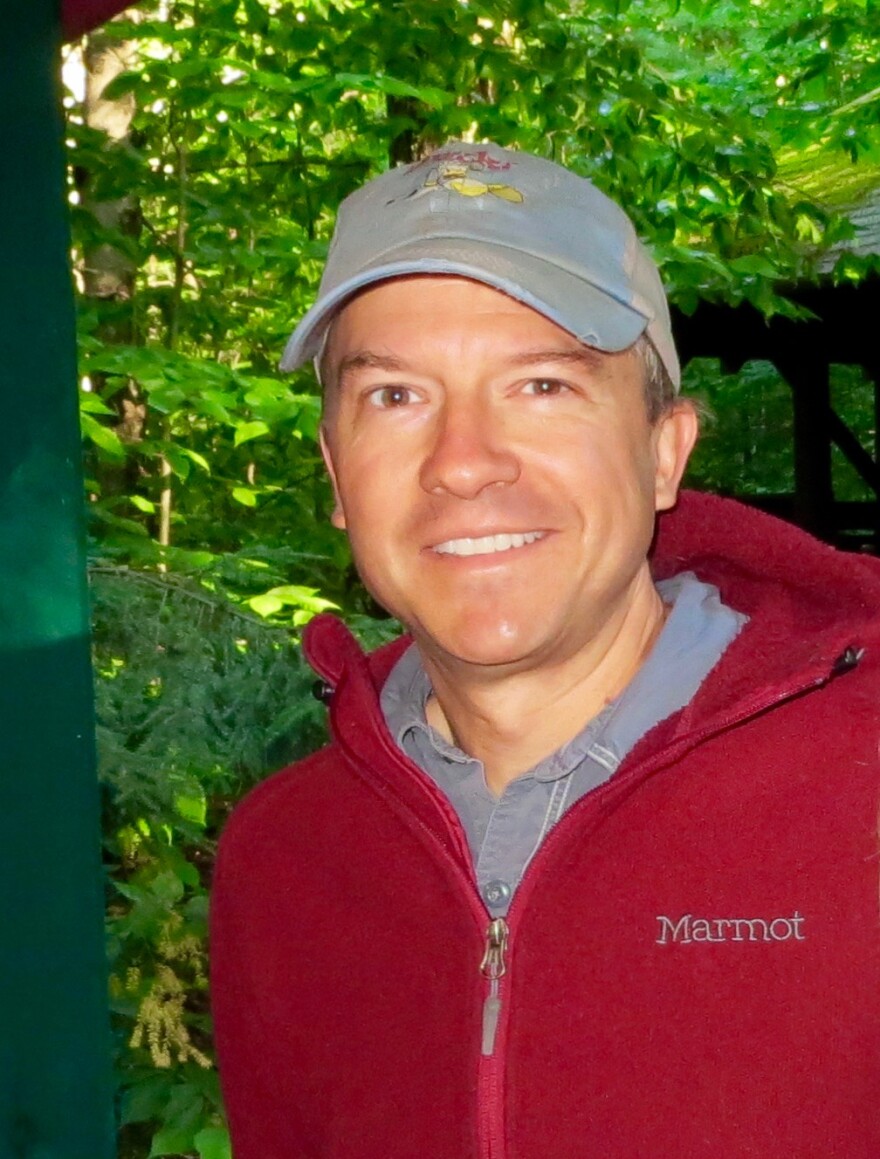Subscribe to Brave Little State for free, so you never miss an episode:
Loading...
Matt “Beagle” Bourgault describes a phenomenon that may sound familiar: “Driving from Vermont to New Hampshire — you cross the state line, it looks different. It just seems like, ‘Oh, now we’re in New Hampshire.’ … It’s funny.”
So, is that “difference” subjective, or is there something to it? Beagle wondered if it has something to do with the landscape, and the soil. So he put this question to Brave Little State, Vermont Public’s listener-powered journalism show:
“What does the geology have to do with the character of Vermont? How do the underlying rocks, soils, [and] topography affect how Vermont is different from other New England states and from New York?”
To answer Beagle’s question, we focus on one neighbor in particular (perhaps it’s because we have a friendly rivalry). And we trace our differences all the way back to the Paleozoic era.
We originally released this episode in 2017. (Find the original episode, and explore the full web feature, here.) A lot has changed since then, but our geologic history has not.
Steve Trombulak, one of the professors featured in this episode, has since retired from Middlebury College. When we checked back in with Beagle, he told us that there haven’t been any massive geological shifts in his life since 2017. But he does have other environmental change on the brain:
“I can’t say the episode spurred me to dig deeper into geology, but I can’t but think of it when in Vermont’s mountains. When I am up there I often think of the contrast between geologic time and how quickly climate change is altering our world. I participate in Mountain Birdwatch each year, a citizen science project that looks high elevation birds in the northeast. One of the questions they are looking to answer is how climate change is affecting migrating songbirds. Sitting on the bare rocks on top of Mount Mansfield, which is one of the routes I survey, it is hard not to think of how long those rocks have been there and how quickly some of the birds may be gone. My hope is that they will adapt, but hope can be hard to come by these days.”

_

(View the full-sized, zoom-able map & legend at the Department of Environmental Conservation.)



_
Credits
Lynne McCrea edited this episode. Angela Evancie reported and produced it, along with Henry Epp, and did the mix and sound design. The re-release was supported by the Brave Little State team: Josh Crane, Myra Flynn and Mae Nagusky. This episode featured original scoring by Liam Elder-Connors, with other music by Podington Bear and the Sturbridge Colonial Militia. Our theme music was composed by Ty Gibbons.
Special thanks to Andy Friedland, Mary Searles, Paul Rumley, John Dillon and Oliver Riskin-Kutz.
As always, our journalism is better when you’re a part of it:
- Ask a question about Vermont
- Vote on the question you want us to tackle next
- Sign up for the BLS newsletter
- Say hi on Instagram and Reddit @bravestatevt
- Drop us an email: hello@bravelittlestate.org
- Make a gift to support people-powered journalism
- Tell your friends about the show!
Brave Little State is a production of Vermont Public.







